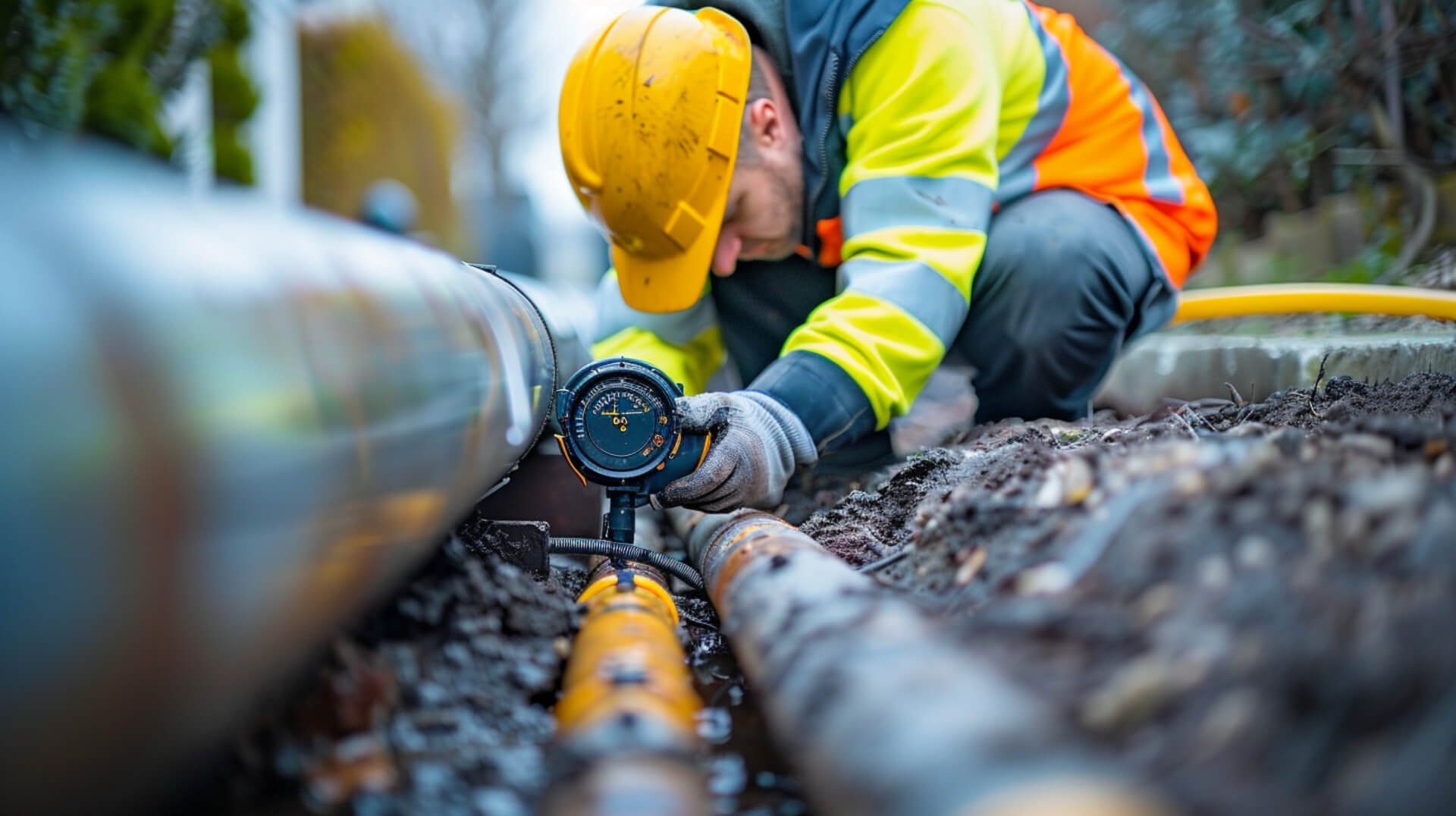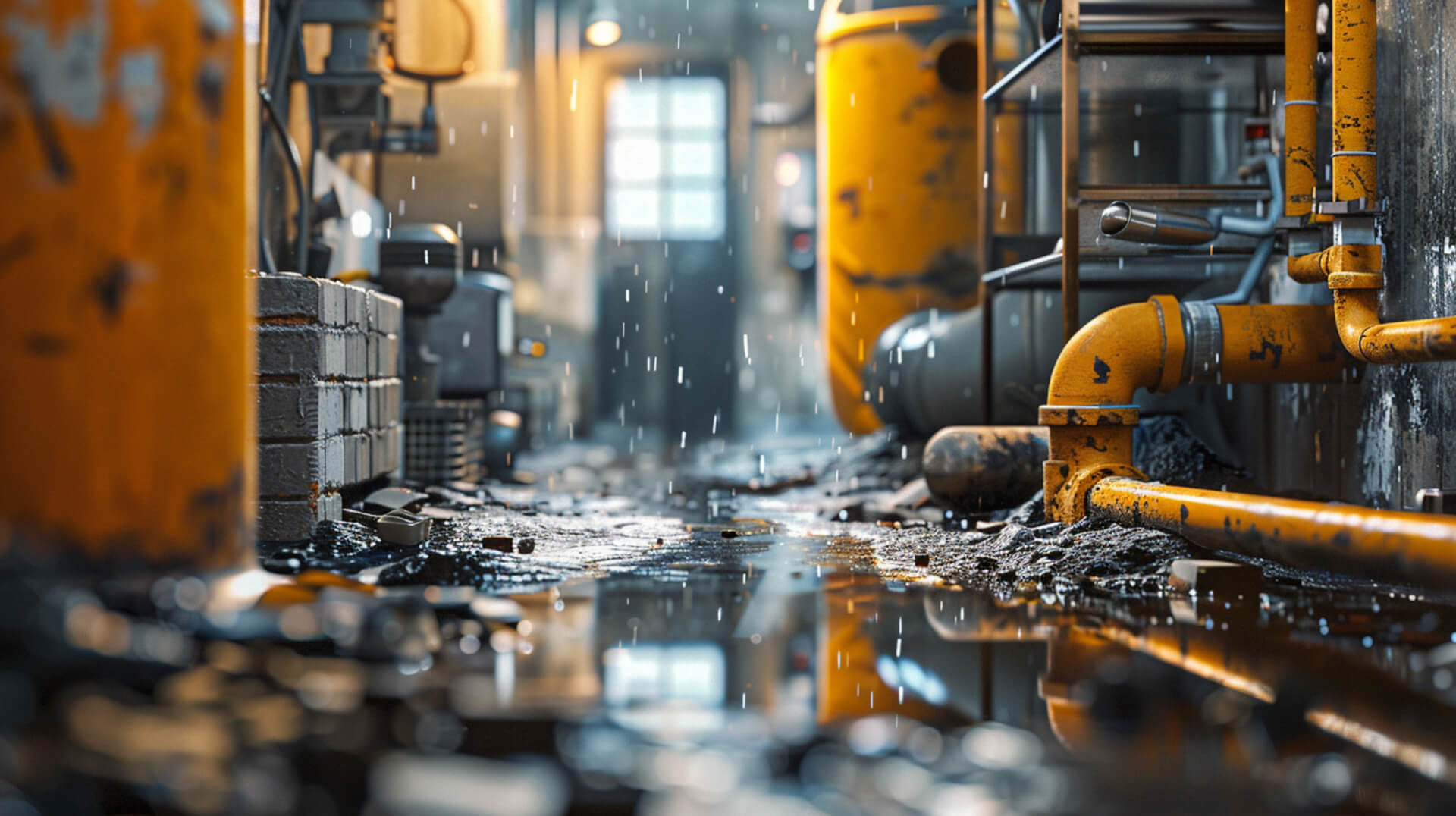 What Is Drainage Pipe Descaling And Why Is It Important
What Is Drainage Pipe Descaling And Why Is It Important
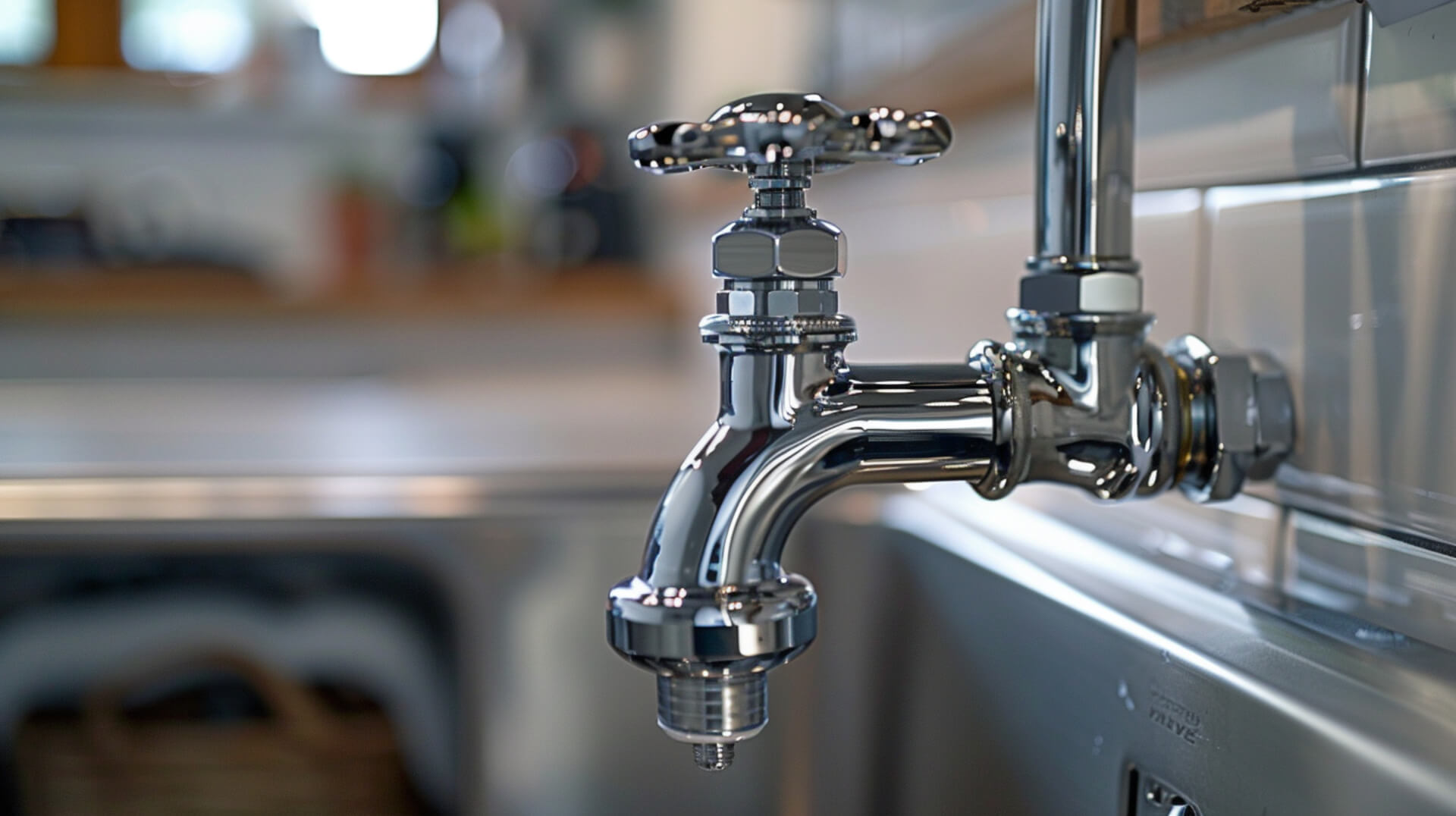
Descaling is a critical maintenance process distinct from regular cleaning. It involves the removal of hard mineral buildup, known as scale, from the interior surfaces of plumbing pipes. This scale, if left unchecked, can lead to reduced water flow, increased pressure, and the potential for pipe damage.
What is Descaling?
Descaling targets the hard deposits that form inside pipes due to minerals in the water. Unlike general cleaning, which removes loose debris and blockages, descaling requires specific methods to dissolve or physically remove these stubborn deposits.
Importance of Descaling in Maintenance
Regular descaling is essential for maintaining the efficiency and longevity of drainage systems. It prevents the narrowing of pipes, which can lead to blockages, and ensures that water and waste can flow freely, reducing the risk of backups and potential health hazards.
Affected Properties
Properties with hard water supply are particularly susceptible to scale buildup. This includes both residential and commercial properties, especially those with older plumbing systems or those that use a lot of hot water, as heating can accelerate scale formation.
Contribution to Plumbing System Health
Descaling contributes to the overall health of a plumbing system by restoring and maintaining optimal water flow and pressure. It also helps to prevent corrosion and extend the lifespan of the pipes, ultimately saving property owners from costly repairs and replacements.
Understanding the Causes of Pipe Scaling

Descaling is a critical maintenance process for drainage systems, but understanding what leads to the need for such measures is equally important. Scale and blockage in pipes can be attributed to a variety of substances.
Common Substances Leading to Scale and Blockage
The most common culprits include hard water, which contains high levels of minerals like calcium and magnesium that precipitate and form scale on the inner surfaces of pipes. Additionally, everyday materials such as soap, food particles, grease, and hair can contribute to blockages. When combined with scale, these substances can create significant obstructions in the drainage system.
Contribution of Hard Water to Scaling
Hard water accelerates the scaling process due to its mineral content. As water flows through pipes, these minerals gradually deposit and crystallise, leading to reduced water flow and potential blockages.
Everyday Activities and Scale Buildup
Regular activities such as washing dishes, laundry, and showering can introduce substances that promote scale. For instance, soap reacts with minerals in hard water, leaving behind soap scum that adheres to pipe walls. Over time, this accumulation narrows the pipe’s diameter, impeding water flow.
Early Identification of Scaling Causes
Identifying the causes of scaling early is crucial. Early detection allows for timely intervention, preventing the escalation of minor issues into major blockages that require extensive and costly repairs. Regular monitoring of water quality and drainage performance can help in recognising the onset of scaling.
Identifying the Need for Descaling in Drainage Pipes

Recognising the early signs of scale buildup is essential for maintaining the health of your drainage system. Awareness of these indicators can prevent the progression of minor issues into severe blockages.
Indicators of Scale Buildup
Several symptoms can alert you to the presence of scale in your pipes:
- Slow Drainage: If water is not draining as quickly as usual, it may suggest a narrowing of the pipes due to scale.
- Bad Odours: Unpleasant smells emanating from your drains could indicate organic material trapped by scale, decomposing and releasing odours.
- Unusual Sounds: Gurgling or bubbling noises may be heard as water struggles to pass through constricted areas caused by scaling.
Importance of Timely Recognition
Addressing these signs promptly is critical. Ignoring them can lead to more significant issues, such as complete blockages or even pipe damage, which often result in more extensive and costly repairs. Regular inspections and immediate action upon noticing any of these signs can help maintain an efficient and functional drainage system.
Exploring Descaling Techniques for Drainage Pipes
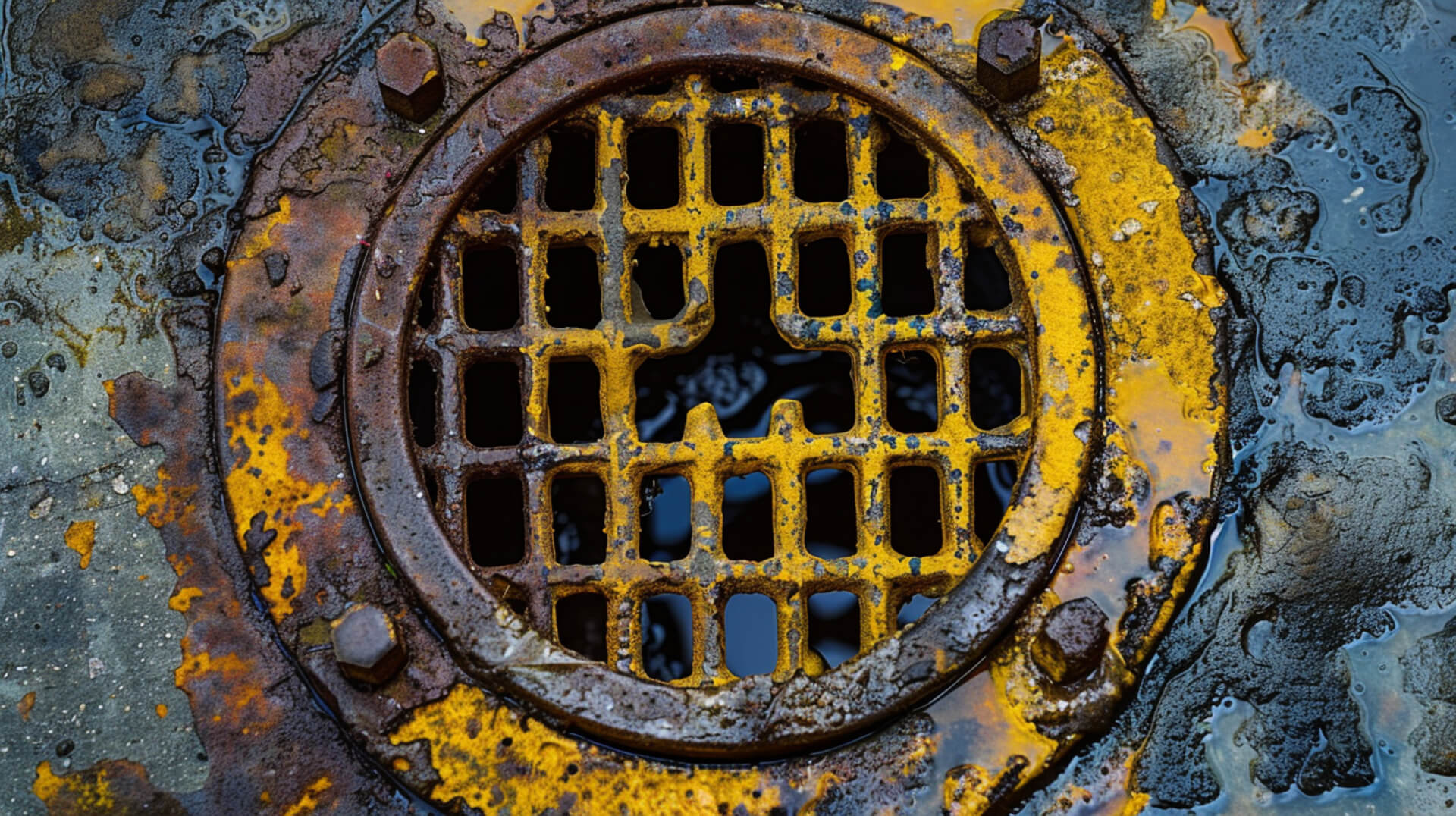
Understanding the various methods used to descale drainage pipes is crucial for maintaining the functionality and longevity of plumbing systems. Each technique offers unique benefits and is suited to different types of scale and pipe conditions.
Hydro Jetting: A High-Pressure Solution
Hydro jetting employs high-pressure water streams to remove scale, debris, and blockages from pipes. This method is highly effective for various types of scale, especially when dealing with stubborn build-up. The force of the water is powerful enough to break apart even the most resilient obstructions, restoring full flow to the drainage system.
Chemical Cleaning: Dissolving Scale
Chemical cleaning involves the use of specialised solutions designed to dissolve scale and mineral deposits. These chemicals react with the scale, breaking it down into a form that can be easily flushed away. This method is typically used when the scale is not too thick and can be chemically broken down without damaging the pipes.
Mechanical Tools: Physical Removal
Mechanical tools, such as descaling machines and plumbing snakes, physically scrape the scale from the inside of the pipes. This method is direct and effective, particularly for accessible areas of the plumbing system where the scale is not excessively thick.
Electronic Descaling: Innovative Maintenance
Electronic descaling is a modern approach that uses electromagnetic waves to break down scale without direct physical contact. This technique is suitable for preventive maintenance and is less invasive than other methods.
Professional Selection of Descaling Techniques
Professionals assess the type of scale, pipe material, and severity of the blockage to determine the most effective descaling method. They consider factors such as accessibility, environmental impact, and the potential for pipe damage. The chosen technique is tailored to provide a thorough clean while preserving the integrity of the plumbing system.
Weighing DIY Against Professional Descaling Services

When drainage issues arise, property owners may consider whether to undertake descaling themselves or to enlist professional services. This decision hinges on several factors, including the severity of the scaling, the type of pipes involved, and the potential risks and benefits.
Risks and Benefits of DIY Descaling
DIY descaling can be cost-effective and immediate, but it carries risks. Without the proper tools and expertise, one might inadvertently cause damage to the pipes or fail to remove the scale effectively. On the other hand, successful DIY descaling for minor issues can save money and provide a quick resolution.
When to Call in the Professionals
Professional descaling services are advisable when the scaling is severe, when the pipe material is delicate or old, or when previous attempts at DIY descaling have not resolved the issue. Professionals bring specialised equipment and expertise, ensuring the job is done safely and effectively.
Influence of Pipe Material and Scaling Severity
The type of pipe materialbe it cast iron, PVC, PEX, or steelaffects the descaling approach. Cast iron, for example, is prone to scaling and may require more delicate handling. The severity of the scaling also dictates the necessity for professional intervention; extensive scale buildup often requires more sophisticated techniques.
The Imperative for Professional Expertise
In scenarios where the integrity of the plumbing system is at stake, professional expertise is crucial. Professionals can accurately assess the situation, choose the appropriate descaling method, and execute the process with precision, safeguarding the longevity of the drainage system.
The Impact of Pipe Material on Scaling and Descaling
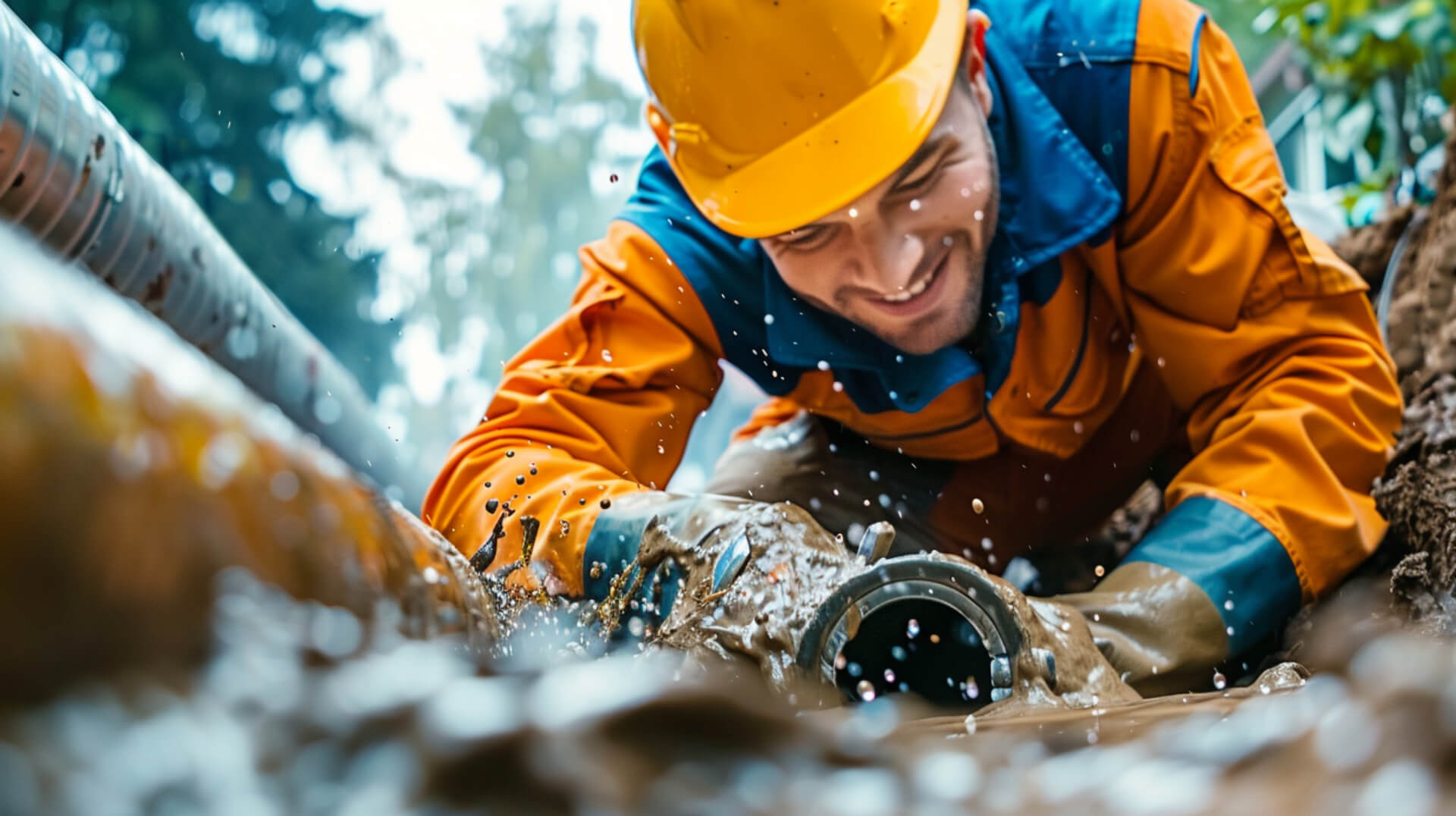
Different pipe materials have varying susceptibilities to scaling, which affects the approach to descaling. Understanding these differences is key to selecting the appropriate maintenance strategy.
Susceptibility of Pipe Materials to Scaling
Cast iron pipes are particularly prone to scaling due to their rough internal surface, which facilitates the accumulation of minerals and debris. Conversely, PVC and PEX pipes have smoother interiors that are less likely to harbour scale buildup. Steel pipes, while more resistant than cast iron, can still experience scaling, especially in the presence of hard water.
Influence of Material on Descaling Process
The descaling process may vary based on the pipe material. For instance, the robustness of cast iron allows for more aggressive methods like hydro jetting, while PVC and PEX may require gentler techniques to prevent damage.
Cast Iron and Scaling Issues
Cast iron’s susceptibility to corrosion and scale makes it a common focus in descaling operations. The material’s tendency to rust can compound scaling problems, necessitating regular maintenance.
Maintenance Strategies Informed by Pipe Material
Knowing the type of pipes in your system guides the maintenance approach. For example, if you have cast iron pipes, you might schedule more frequent descaling to combat their natural propensity for scale. For PVC and PEX, monitoring for signs of scaling and timely intervention can maintain optimal flow and prevent long-term issues.
Implementing Routine Maintenance to Prevent Scale Buildup
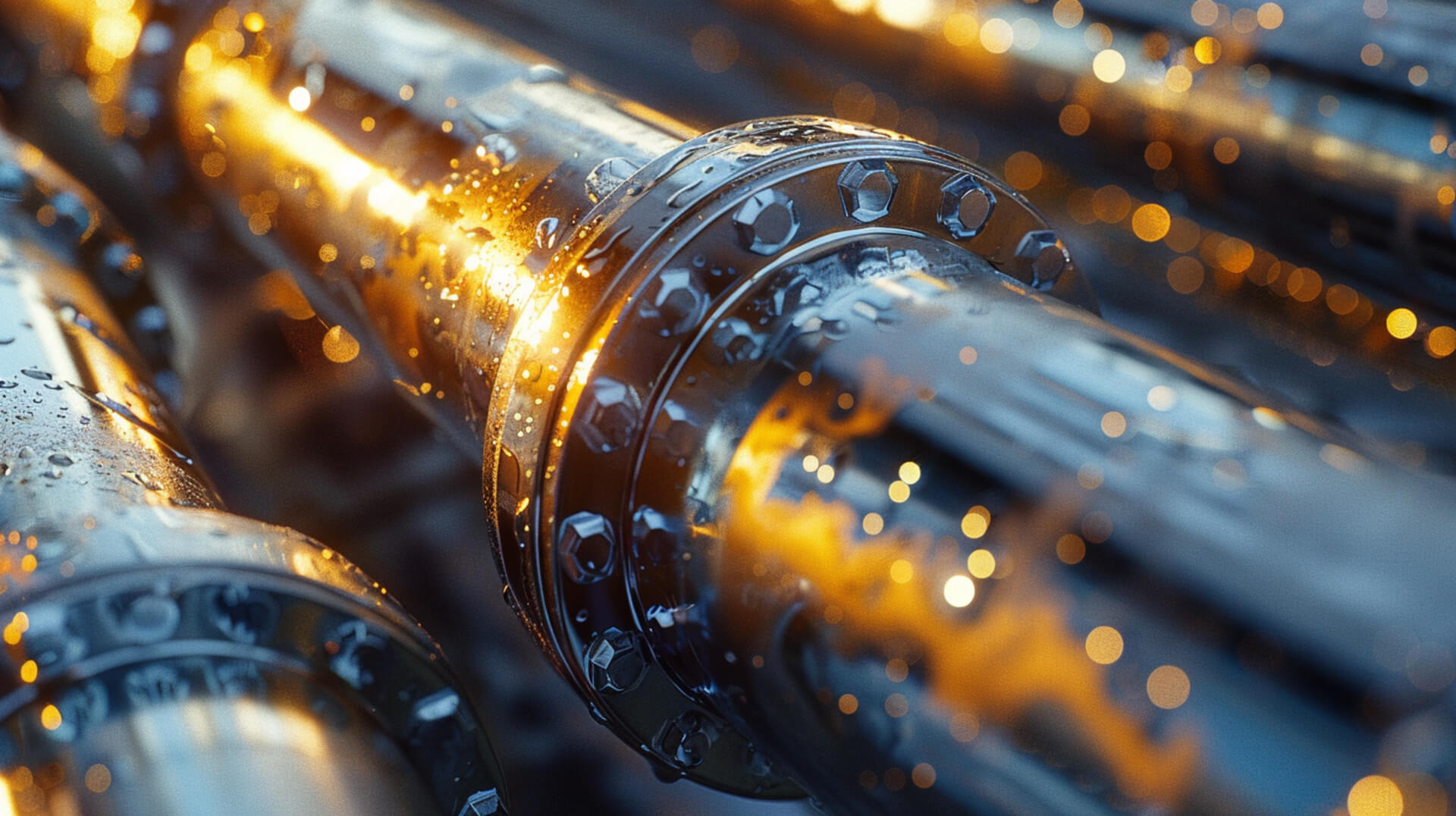
Proactive maintenance is essential in preventing scale from accumulating in drainage pipes. By establishing a regular maintenance schedule, property owners can ensure the longevity and efficiency of their plumbing systems.
Recommended Maintenance Practices
To prevent scale buildup, consider the following routine maintenance practices:
- Regular Inspections: Periodic checks can help identify early signs of scale.
- Descaling Interventions: Implementing descaling procedures before severe buildup occurs maintains optimal flow.
- Water Softeners: In areas with hard water, using water softeners can reduce mineral deposits in pipes.
Determining Descaling Frequency
The frequency of descaling varies based on several factors:
- Type of Property: Residential homes may require less frequent descaling compared to commercial or industrial properties due to differing usage levels.
- Water Hardness: Properties in regions with hard water may need more frequent descaling to combat rapid mineral buildup.
Role of Water Softeners
In areas with hard water, water softeners are a valuable tool. They remove excess minerals from the water, thus mitigating the primary cause of scale.
Importance of Professional Assessment
Professional assessment plays a pivotal role in maintenance planning. Experts can evaluate the condition of pipes, identify scaling patterns, and recommend a tailored maintenance schedule. This professional insight ensures that descaling efforts are both effective and efficient.
Environmental Considerations in Pipe Descaling

Descaling drainage pipes is not only a matter of maintaining infrastructure but also of environmental responsibility. Selecting the right methods and materials is crucial for minimising the ecological footprint of this necessary maintenance task.
Choosing Eco-Friendly Descaling Methods
To ensure environmental safety during descaling:
- Avoid Harsh Chemicals: Opt for biodegradable and non-toxic cleaning agents that do not harm aquatic life or water quality.
- Use Mechanical and Hydro Jetting: These methods rely on physical force rather than chemicals, reducing the risk of environmental contamination.
Importance of Responsible Chemical Use
When chemical cleaners are necessary, it’s important to:
- Select Approved Chemicals: Use only those cleaners that meet environmental safety standards.
- Follow Correct Dosages: Adhere to the manufacturer’s guidelines to prevent overuse, which can lead to chemical runoff.
Waste Management During Descaling
Proper waste management is essential:
- Dispose of Residues Properly: Collect and dispose of any solid waste or chemical residues according to local regulations.
- Recycle Water When Possible: Implement water recycling systems to reduce waste and conserve resources.
Benefits to the Environment
Responsible descaling practices contribute to a healthier environment by:
- Preventing Pollution: Ensuring that harmful substances do not enter the ecosystem.
- Conserving Resources: Reducing the need for fresh water and limiting waste production.
By adhering to these guidelines, you can maintain your drainage system’s efficiency while upholding a commitment to environmental stewardship.
Assessing the Costs of Professional Descaling Services
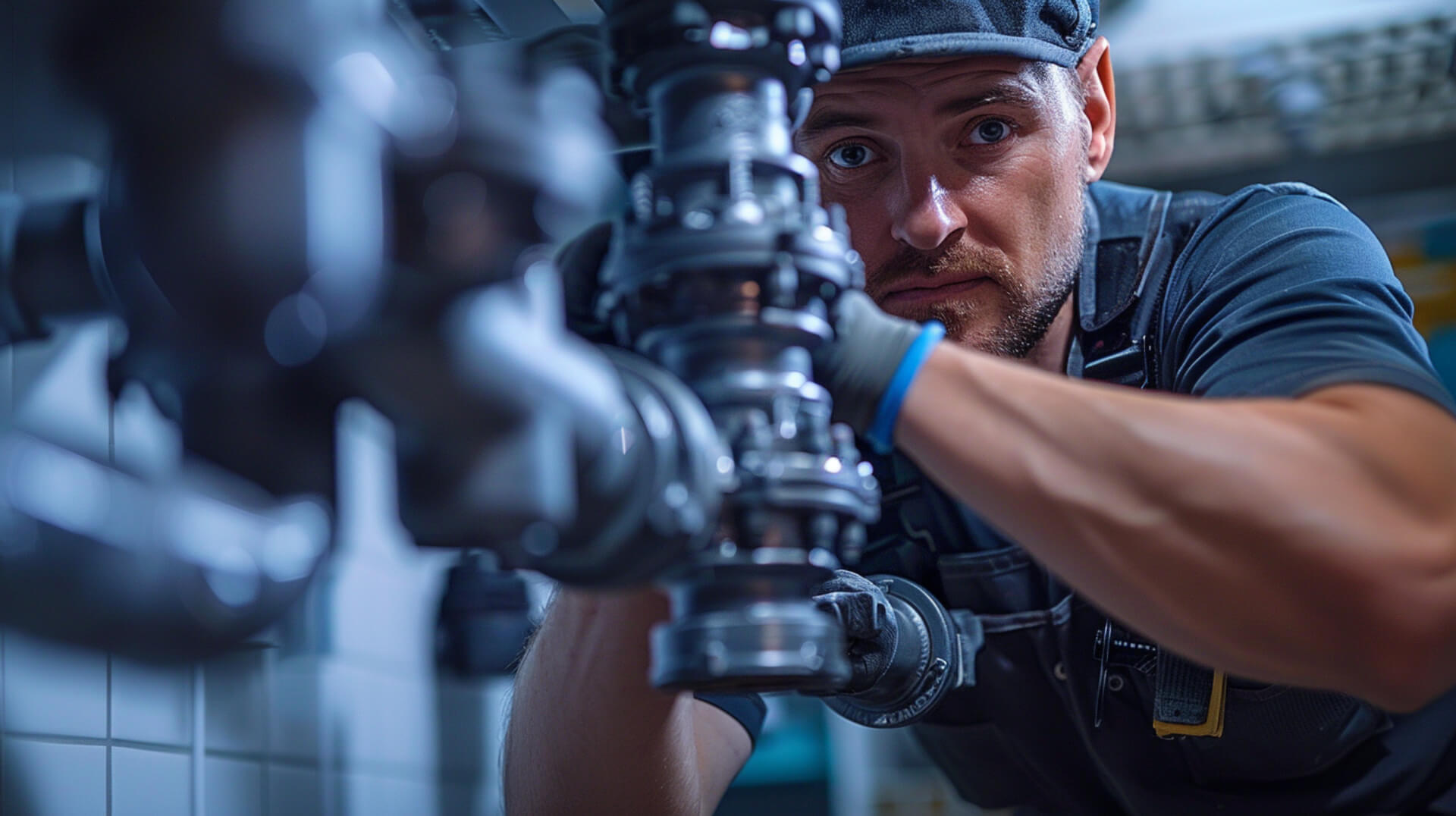
When considering professional descaling for drainage pipes, understanding the factors that influence the cost is essential for property owners.
Factors Affecting Descaling Service Costs
Several elements contribute to the pricing of descaling services:
- Severity of Scaling: Heavily scaled systems may require more intensive labour and advanced techniques, which can increase the cost.
- Pipe Accessibility: Difficult-to-reach pipes might necessitate specialised equipment or additional labour.
- Method of Descaling: Different descaling methods, from hydro jetting to chemical treatments, vary in price.
- Professional Expertise: The experience level and reputation of the service provider can also impact the cost.
Long-Term Savings Through Regular Maintenance
Investing in regular maintenance can lead to significant long-term savings by:
- Preventing Major Repairs: Routine descaling can avoid the need for more costly interventions due to severe blockages or damage.
- Extending Pipe Lifespan: Maintaining clean pipes can prolong their functional life, delaying the need for replacement.
The Importance of Proactive Maintenance
Comparing the costs of neglect against proactive maintenance highlights the financial benefits of regular descaling. Neglect can lead to expensive emergency repairs and increased cumulative maintenance costs over time.
Budgeting for Descaling Without Compromising Quality
Property owners can budget effectively for descaling by:
- Planning Ahead: Allocating funds for scheduled maintenance avoids the financial strain of unexpected repairs.
- Seeking Multiple Quotes: Gathering estimates from various providers ensures competitive pricing without sacrificing service quality.
By carefully considering these factors, property owners can make informed decisions about descaling services that balance cost with the necessity of maintaining their drainage systems.
Specialised Equipment for Professional Descaling

Professionals in the field of plumbing maintenance utilise a range of specialised tools to effectively descale drainage pipes. These tools are designed to address various types of scale buildup and pipe configurations.
Advanced Tools Used in Descaling
- CCTV Inspection Cameras: These cameras are inserted into the drainage system to provide a clear view of the pipe’s interior, allowing professionals to assess the extent of scale and blockage.
- High-Pressure Water Jetters: These devices use powerful streams of water to break down and remove scale from the pipe walls.
- Mechanical Descalers: Tools like plumbing snakes and descaling machines physically scrape off scale deposits.
Tailoring Techniques to Specific Situations
Professionals tailor their approach based on the assessment of the situation:
- Pipe Material: The type of pipe dictates the descaling method; for example, more robust methods can be used on metal pipes compared to plastic ones.
- Severity of Scale: Heavier scale buildup may require a combination of mechanical and hydro jetting techniques.
- Accessibility: Limited access areas might need flexible CCTV cameras and smaller, more precise tools.
By employing these advanced tools and techniques, professionals ensure that descaling is performed efficiently, safely, and with minimal disruption to the plumbing system.
Addressing the Risks of Neglected Drain Maintenance

Regular descaling of drainage pipes is a critical maintenance task that, if neglected, can lead to a range of problems. Understanding these potential issues can underscore the importance of routine care.
Potential Impacts of Irregular Descaling
When descaling is not performed regularly, pipes can suffer from:
- Reduced Efficiency: Scale buildup can narrow the internal diameter of pipes, leading to slow drainage and potential blockages.
- Increased Repair Costs: Over time, the scale can cause corrosion and cracks, necessitating costly repairs or even full pipe replacement.
Health Concerns Associated with Scaled Pipes
Scaled drainage systems can become breeding grounds for bacteria, leading to:
- Unsanitary Conditions: The presence of bacteria and mould can compromise the sanitary conditions of a property.
- Health Hazards: These unsanitary conditions can pose health risks to occupants, particularly in the form of respiratory issues or infections.
Environmental Considerations
Proper maintenance of drainage pipes also has environmental implications:
- Preventing Leaks: Regular descaling helps prevent leaks that can cause soil contamination and waste water.
- Conserving Resources: Efficiently functioning pipes reduce the need for excessive water usage, contributing to conservation efforts.
By adhering to a regular descaling schedule, property owners can avoid these negative outcomes, ensuring their drainage systems remain effective and safe.
The Essential Role of Descaling in Property Management
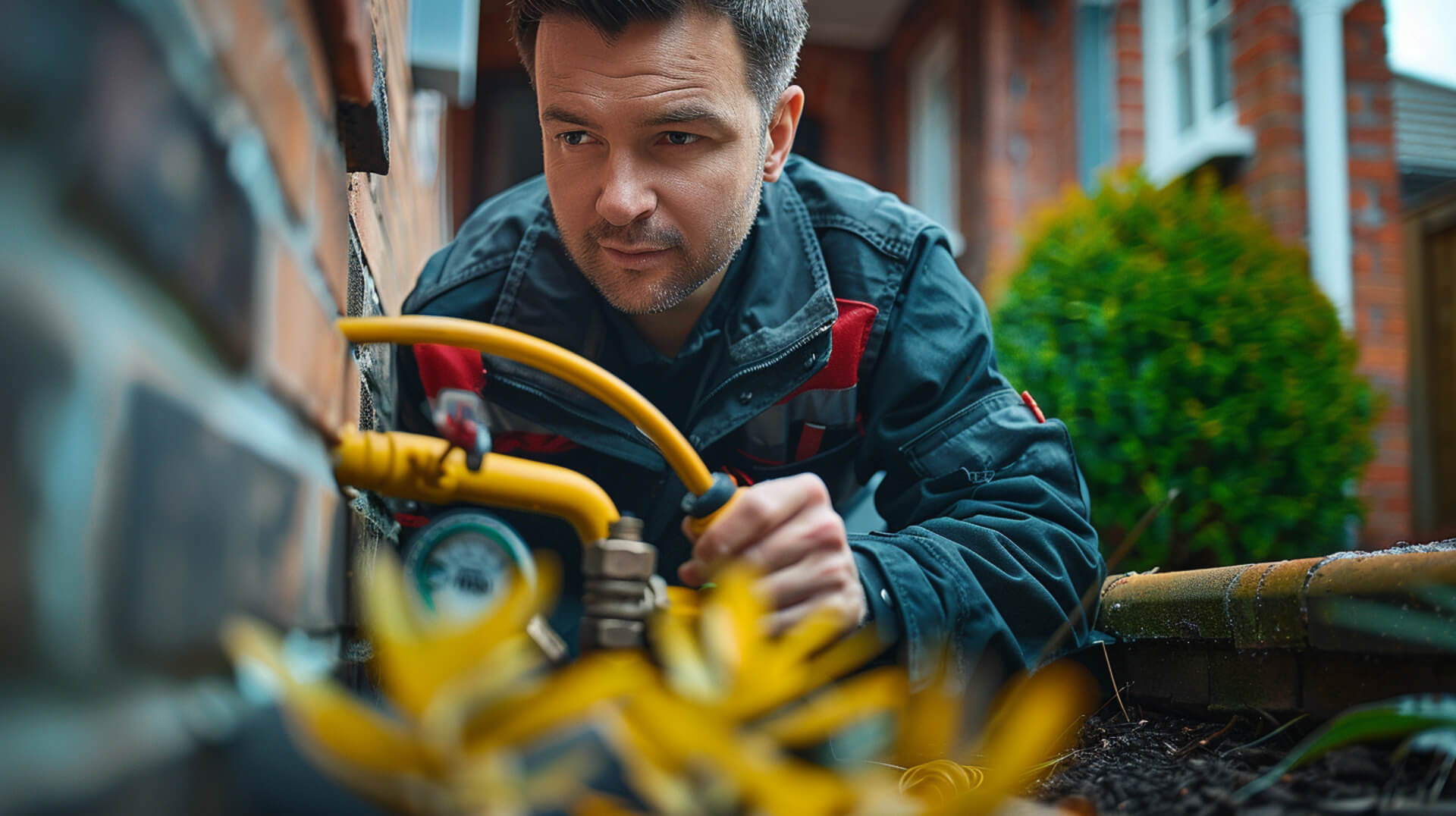
Descaling is not merely a routine maintenance task; it is a critical component of property management that ensures the functionality and longevity of plumbing systems.
Contributions of Regular Descaling to Plumbing Longevity
Regular descaling has a direct impact on the lifespan of pipes. By removing mineral deposits and other obstructions, descaling prevents the deterioration of pipe interiors, thereby extending their serviceable life. This routine care helps maintain consistent water flow and pressure, which are vital for the efficient operation of any property’s plumbing system.
Key Considerations for Managers
For property, business, and facility managers, the key takeaways include:
- Proactive Maintenance: Implementing a regular descaling schedule can prevent the escalation of minor issues into costly repairs.
- Professional Assessment: Engaging with professionals for periodic assessments can ensure that the correct descaling method is chosen for the specific pipe material and level of buildup.
Long-Term Benefits of Proactive Descaling Practices
Embracing proactive descaling practices offers several long-term benefits:
- Cost Savings: Regular maintenance can lead to significant cost savings by avoiding emergency repairs and full-scale replacements.
- Health and Safety: Maintaining clean pipes reduces health risks associated with bacterial growth and unpleasant odours.
- Environmental Impact: Properly maintained systems prevent leaks and reduce water wastage, contributing to environmental conservation efforts.
By prioritising descaling, property managers can ensure the efficient and safe operation of their plumbing systems, ultimately benefiting the property’s value and the well-being of its occupants.

